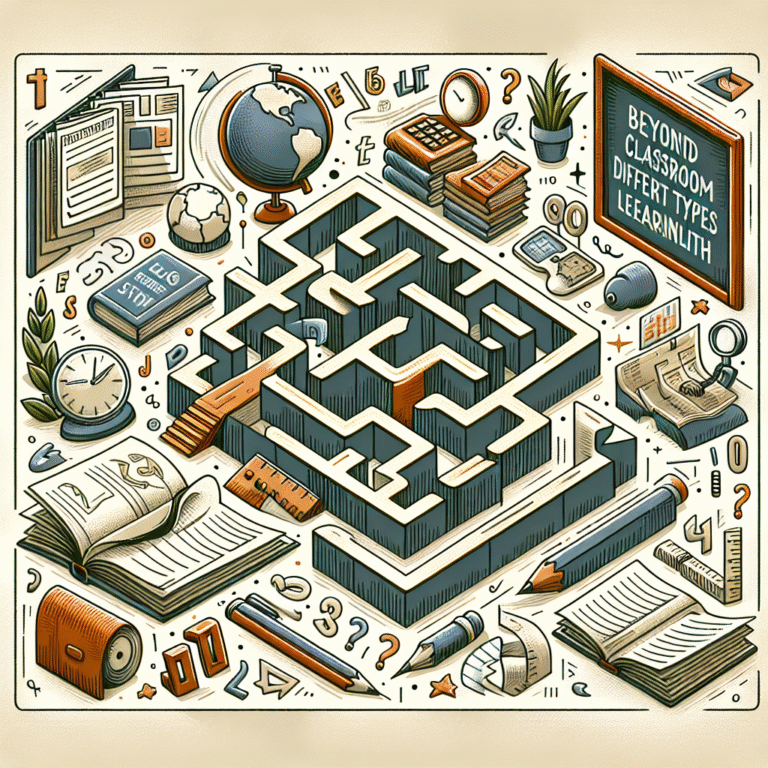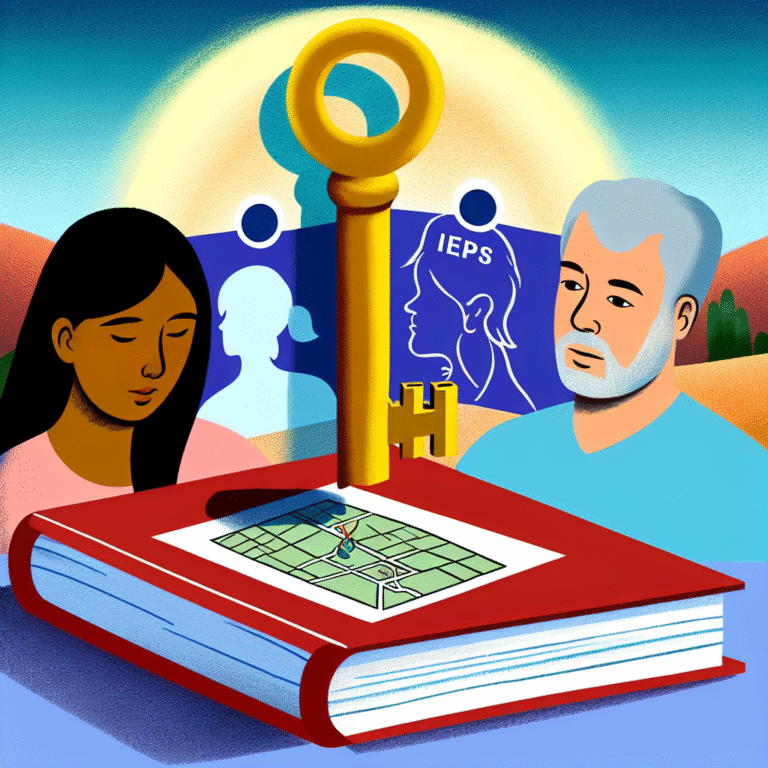The Intersection of Gender and Mental Health: Unique Challenges & Perspectives
Introduction: The Unseen Struggles Dominating Conversations
In today’s rapidly evolving society, the discussion surrounding mental health is gaining the importance it deserves. However, one critical aspect often gets less attention: the intersection of gender and mental health. Understanding this unique crossroads is essential for fostering an inclusive environment that supports all individuals. With gender shaping not just identity but also societal expectations, the nuances of mental health experiences are ripe for exploration. In this comprehensive article, we delve into The Intersection of Gender and Mental Health: Unique Challenges & Perspectives, revealing the layered complexities that characterize mental health across different genders.
Understanding the Role of Gender in Mental Health
Gender and Its Psychological Implications
Gender can significantly affect how individuals experience and express mental health issues. Research shows that masculinity and femininity come with distinct cultural scripts that influence mental health outcomes.
Masculine Norms and Mental Health: Men often face societal pressure to conform to ideals of strength, resilience, and emotional stoicism. This can lead to underreporting of symptoms such as anxiety and depression. Studies show that men are less likely to seek help, significantly impacting their mental well-being.
- Feminine Norms and Mental Health: Conversely, women are often socialized to emphasize emotional expression, but this can also lead to challenges, such as heightened susceptibility to anxiety disorders and depression. Women may experience these issues in the context of societal roles tied to caregiving and domestic responsibilities.
Diverse Gender Identities: A Complex Landscape
The intersectionality of gender and mental health is further complicated by the experiences of non-binary and transgender individuals. Research indicates that those who identify outside the gender binary are at a significantly higher risk for mental health disorders. Discrimination, lack of societal acceptance, and internalized stigma present unique challenges that often exacerbate mental health struggles.
Case Study: The Transgender Population and Mental Health
A groundbreaking study published in the American Journal of Psychiatry looked at the mental health outcomes of transgender youth in the U.S. It found that transgender individuals reported higher instances of depression and anxiety compared to their cisgender peers. Importantly, the study highlighted the positive impact of acceptance and support from family and peers on mental health outcomes, demonstrating how societal factors play a pivotal role.
Analysis: This research underscores the unique challenges faced by transgender individuals, illustrating the critical need for supportive environments that affirm gender identity.
The Impact of Societal Expectations on Mental Health
Gender Stereotypes and Mental Wellness
Embedded within societal constructs are stereotypes that dictate how different genders should behave, often leading to detrimental effects on mental health. For instance, men may feel they must avoid vulnerability, stunting their emotional development and leading to higher rates of substance abuse as a coping mechanism.
Table: Gender-Based Mental Health Issues and Their Prevalence
| Mental Health Issue | Men (%) | Women (%) |
|---|---|---|
| Depression | 6.7 | 12.7 |
| Anxiety Disorders | 3.5 | 6.2 |
| Substance Abuse | 9.3 | 3.8 |
| PTSD | 3.6 | 10.4 |
This table illustrates how gender influences mental health issues, revealing the stark contrasts between men and women’s experiences in handling mental health challenges.
Intersection with Other Factors: Race, Sexual Orientation, and Socioeconomic Status
The experiences at The Intersection of Gender and Mental Health: Unique Challenges & Perspectives are further complicated when considering race, ethnicity, and sexual orientation. For example, women of color may face a double burden of gender and racial discrimination. Similarly, LGBTQ+ individuals often encounter additional stressors due to societal rejection.
Case Study: The Impact of Race on Gender and Mental Health
In a multi-city study focusing on African American women, researchers found a direct correlation between experiences of racism, gender-based discrimination, and mental health issues. The study noted that African American women reported higher levels of anxiety and depression linked to chronic stress from both racism and sexism.
Analysis: This case sheds light on how structural inequalities intersect to create a compounded effect on mental health among marginalized groups, urging mental health professionals to consider these factors in treatment and support.
Addressing Gendered Experiences in Mental Health Care
Barriers to Accessing Care
A prevalent challenge at The Intersection of Gender and Mental Health: Unique Challenges & Perspectives involves barriers to accessing mental health care. These can include:
Societal Stigma: Both men and women often face stigma, but the types of stigma differ based on societal expectations. For men, admitting to feeling sad or needing help can contradict traditional masculine norms.
- Limited Resources: Unfortunately, mental health facilities may not cater to the unique needs of different genders, particularly with regard to non-binary and transgender individuals, who may find the healthcare system unwelcoming.
Creating Inclusive Spaces in Mental Health Care
To effectively address mental health disparities, mental health professionals must adopt inclusive practices that recognize and validate different gender identities and experiences. This involves:
Training Providers: Mental health practitioners should undergo training that helps them understand the unique challenges faced by various genders.
- Promoting Support Groups: Facilitating support groups tailored for different genders can provide safe spaces for individuals to share experiences and coping strategies.
Chart: Recommended Practices for Inclusive Mental Health Care
| Recommendation | Description |
|---|---|
| Gender Sensitivity Training | Educate providers on gender issues and expectations. |
| Development of Specialized Programs | Create support groups for specific gender identities. |
| Community Outreach Initiatives | Engage with local communities to promote acceptance. |
Breaking Down Misconceptions: Gender and Mental Illness
Despite the growing body of research, misconceptions surrounding gender and mental health persist. For example, men are often thought to be less emotionally affected by events, neglecting the hidden struggles many face. Similarly, women are frequently portrayed as overly emotional, which can undermine the seriousness of their mental health issues.
Advocacy and Awareness
Raising awareness about The Intersection of Gender and Mental Health: Unique Challenges & Perspectives is essential in tackling these misconceptions. Campaigns aimed at educating both the public and professionals can lead to more comprehensive understanding and less stigma.
Case Study: Advocacy Campaigns
The “#BellLetsTalk” initiative in Canada has proven effective in raising awareness about mental health issues across various demographics, emphasizing different gender experiences. The campaign incorporates various aspects of narratives involving men, women, and non-binary individuals, showcasing a broad spectrum of mental health challenges.
Analysis: Such campaigns can shift public perception and create dialogue around mental health, promoting inclusive and empathetic responses to individuals seeking help.
Conclusion: Empowering Through Understanding
The intersection of gender and mental health reveals a multifaceted landscape that demands our attention. By acknowledging the unique challenges faced by different genders, we pave the way for more inclusive, understanding, and effective mental health care. The journey toward mental wellness must recognize these intersections and empower individuals to seek help without fear or stigma.
As we move forward, it is essential to cultivate environments that promote acceptance, raise awareness, and advocate for policy changes that reflect the diversity of experiences within mental health dialogue.
FAQs Section
1. How does gender impact mental health?
Gender influences mental health through societal expectations and norms, leading to differences in emotional expression, vulnerability, and coping mechanisms.
2. Are men or women more likely to experience mental health disorders?
Both genders experience mental health disorders, but the types and prevalence can differ. Women, for example, generally report higher rates of depression and anxiety.
3. How can mental health professionals address gender disparities?
Mental health professionals can address disparities by undergoing gender sensitivity training, promoting inclusion in treatment, and facilitating support groups reflecting diverse gender identities.
4. What role does societal stigma play in mental health?
Societal stigma often prevents individuals from seeking help or expressing mental health struggles. Overcoming stigma is essential to encourage more people to access care.
5. How can communities support those at the intersection of gender and mental health?
Communities can support individuals by providing safe spaces, promoting awareness campaigns, and encouraging open discussions about mental health challenges.
In conclusion, navigating The Intersection of Gender and Mental Health: Unique Challenges & Perspectives is vital for understanding and improving the mental health landscape. Let us engage in these conversations, advocate for inclusive practices, and empower those who walk this nuanced path towards healing.





